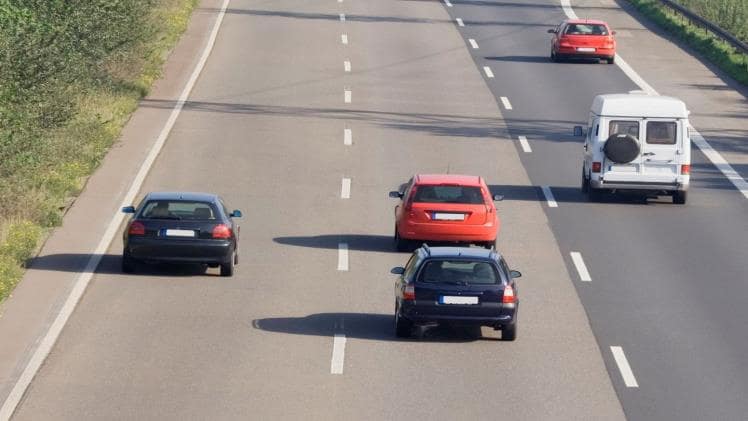Regardless of what you think about the football team, you’ve probably heard of the action of tailgating. It is when a driver follows closely behind another vehicle, without providing adequate stopping distance. The result is a potential collision with the vehicle in front of them. Thankfully, there are ways to avoid tailgating. In this article, we’ll cover some tips. And, of course, we’ll explain what tailgating really is thanks to data from a DC tailgating car accident lawyer.
Tailgating
What is tailgating? Tailgating is the practice of driving behind another car without leaving enough stopping distance. When this happens, a collision with the vehicle in front can occur. There are several causes of collisions caused by tailgaters. If you’ve ever been a victim of tailgating, you may want to learn more about this dangerous practice. Read on for tips on how to avoid being a victim of tailgaters.
Piggybacking
Many organizations spend money on physical and perimeter security, and send their employees through security training. However, piggybacking and tailgating can undermine security efforts, and should be discouraged. Piggybacking is a social engineering tactic in which one person opens the door of a group of unauthorized people. In many organizations, security training does not include piggybacking, so the best prevention strategy is to educate employees on cybersecurity practices.
Holding open a door for a colleague or visitor
Holding open a door for a visitor or colleague is a common way of breaching security. Employees often use this practice to let someone in ahead of them without realising that they have done so, which opens up the building to unauthorised individuals. Even if it starts innocently, tailgating can lead to a range of problems, including the threat of criminal activity. While many people do tailgate out of courtesy, others are intentionally attempting to damage property or cause harm to people.
Speed limit violations
Most of the time, speed limit violations when tailgating arise after a rear-end collision, in which the front driver applies the brakes without reason. While it may seem like a legitimate defense, it is ineffective as proof of tailgating can be very difficult to find. In addition, a rear-end collision can occur when a front-end driver suddenly applies the brakes to close the distance between the two cars.
Keeping a safe distance between your car and a tailgating car
Maintaining a safe distance between your car and whoever is tailgating is vital in order to avoid collisions. When people tailgate, they often cause minor fender-benders, which may not cause any injury. However, a collision can cause significant damage to the rear of a car. When it rains, or if there is fog or rain, the stopping distance will increase by four times.
Smart cards as a deterrent to tailgating
The use of smart cards as a deterrent to tailgate is not limited to stadiums. Businesses with large staffs are at particular risk. Employees often don’t know that they’re being followed. To prevent this, businesses can issue badges or smart cards to employees to verify their identities. Smart cards are a particularly good deterrent to tailgating because they make it impossible to trick an employee into following them through an open door.

